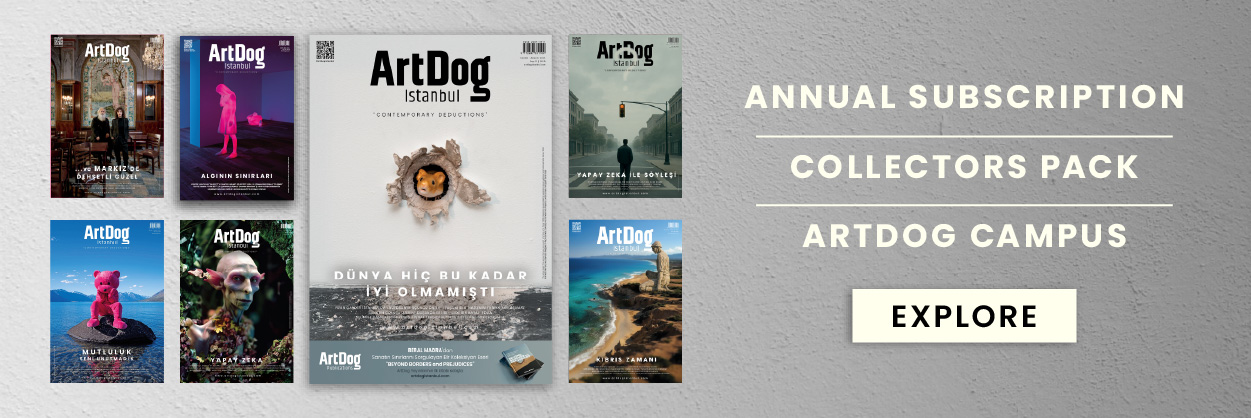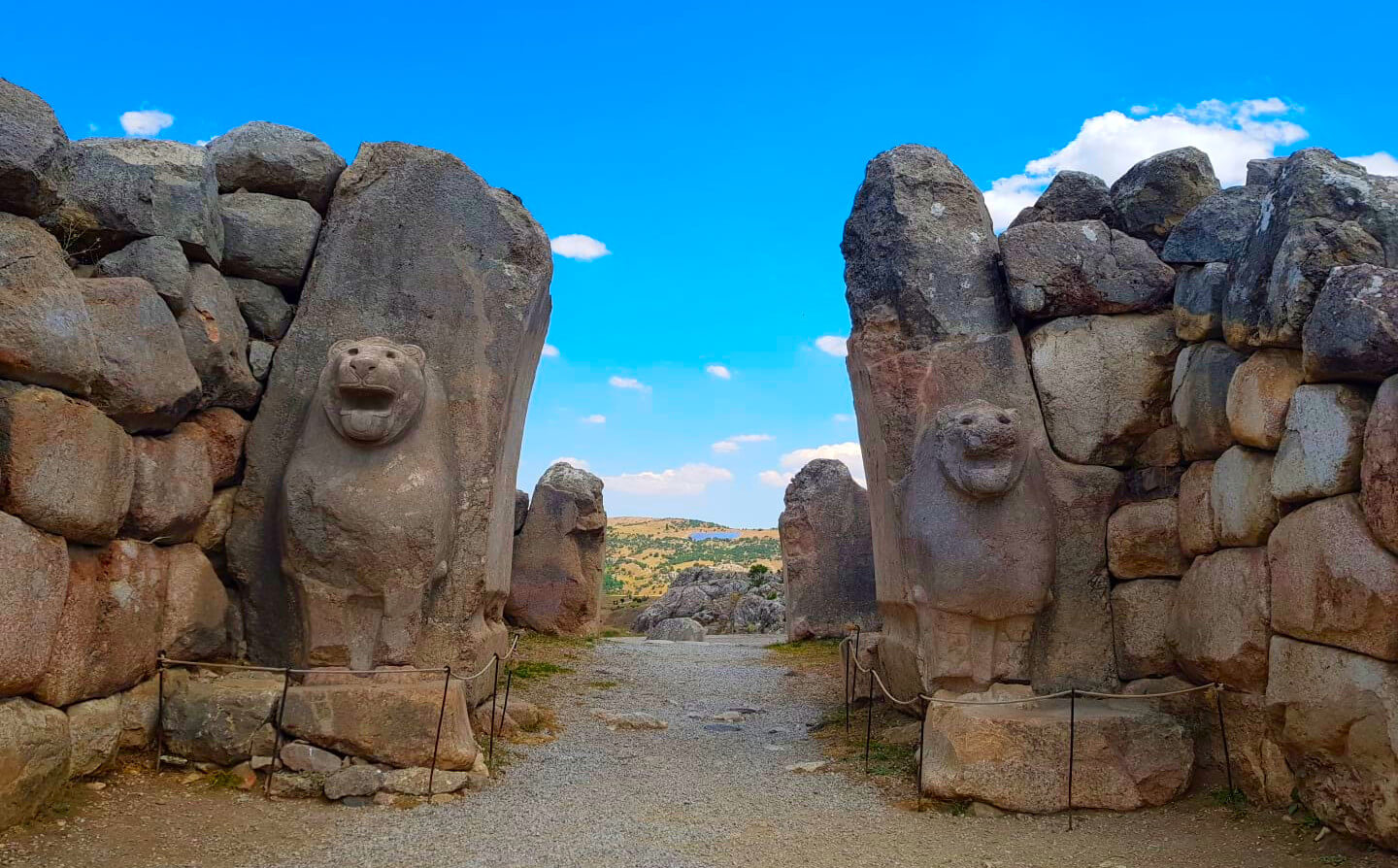Archaeological excavations at the 8,000-year-old ancient city of Hattusha in the Boğazkale district of Çorum, which began 118 years ago, continue this year with the participation of academics from various disciplines.
Hattusha, home to the cultural heritage of the Hatti and Hittite civilizations—among Anatolia’s earliest civilizations dating back to 6,000 B.C.—is recognized as a UNESCO “World Cultural Heritage” and “Memory of the World” site.
Located 80 kilometers southwest of Çorum, Hattusha and the Yazılıkaya Temple are surrounded by 7 kilometers of walls, encompassing a settlement area of 2 square kilometers. The site’s appearance changes with each season, offering visitors a journey through time with its 8,000-year history. Excavations at the site, which served as the capital of the Hittite civilization for approximately 450 years, began in 1906 and have been ongoing ever since.
Since 2006, the excavations have been led by Professor Andreas Schachner on behalf of the German Archaeological Institute, with academics from various countries and disciplines contributing to the research.
Speaking to the state-run Anadolu Agency, Schachner explained that Hattusha’s status as a long-standing capital with an 8,000-year history makes the site a unique archive. “You never know what awaits you in Boğazköy [Hattusha] each year,” Schachner remarked. “Some years proceed normally, while others bring unexpected surprises. We’ll see what this year has in store for us.”
Schachner noted that the team’s work primarily focuses on the Hittite era in Hattusha, concentrating on the Great Citadel on the northwestern slope, the Palace, and the western slope of the Upper City. He emphasized that while individual findings might seem insignificant, they collectively offer valuable insights into various periods when analyzed in context.
“When we examined the hieroglyphs discovered in Yerkapı two years ago, we learned many new things about the planning of the Upper City and its ideological significance at the time. The same applies to the Kalasma tablet or the bone-inlaid artwork. They all reveal different aspects of the past. Last year, we found a coin in the Iron Age layer for the first time, which we identified as originating from Miletus. This suggests there was long-distance trade during the Iron Age. We also discovered a lead seal from the Byzantine period, which was likely used to seal a document. This seal, sent by a priest in Antakya, indicates a network of relationships extending to Antakya. In Hattusha, we encounter surprising findings from every period.”
Schachner emphasized the long-term importance of the Hattusha excavations, saying, “Each new discovery requires us to reevaluate previous findings. Hattusha has been inhabited since 6,000 B.C., and the traces of each period provide information about the lifestyle, agriculture, animals, and culture of the people living in Northern Central Anatolia. By comparing these findings, we gain insights into these periods. Hattusha serves as a unique historical archive, particularly significant during the Hittite period when it was the capital. The data we collect sheds light on political relations, religious practices, and international connections, offering a deeper understanding of this crucial period.”







